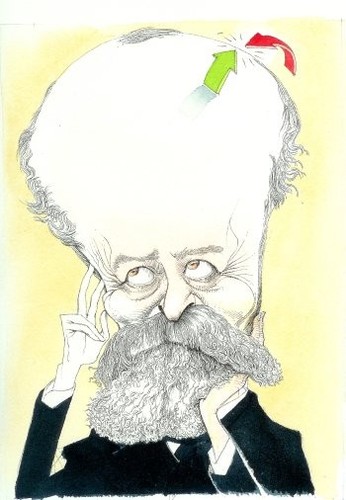Today is William James‘s birthday (1842-1910).
Frye in The Secular Scripture cites James to illustrate a familiar theme; the illusion of reality and the reality of illusion.
When we look at social acts as rituals, we become at once aware of their close relation to a good deal of what goes on within the mind. Anyone reading, say, William James’s Varieties of Religious Experience must be impressed by the extraordinary skill with which many people arrange their lives in the form of romantic or dramatic ritual, in a way which is neither wholly conscious nor wholly unconscious, but a working alliance of the two. William James takes us into psychology, and with Freud and Jung we move into an area where the analogy to quest romance is even more obvious. In a later development, Eric Bernes’s “transactional” therapy, we are told that we take over “scripts” from our parents, which it is our normal tendency to act out as prescribed and invariable rituals, and that all possible forms of such scripts can be found in any good collection of folk tales. Romance often deliberately descends into a world obviously related to the human unconscious, and we are not surprised to find that some romances, George MacDonald’s Phantastes, for example, are psychological quests carried out in inner space. Such inner space is just as much of a “reality,” in Wallace Stevens’s use of the word, as the Vanity Fair of Thackeray: Vanity Fair itself, after all, is simply a social product of the illusions thrown up by the conflicts within the inner consciousness. When we look back at the Cistercian developments of Arthurian legend, with their stories of Galahad the pure and his quest for the Holy Grail, we see that an identity between individual and social quests has always been latent in romance. (CW 18, 41)

